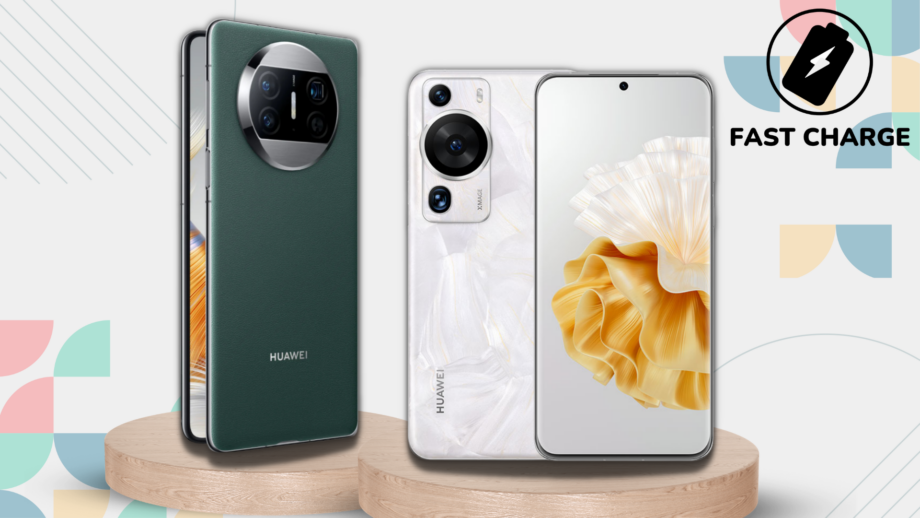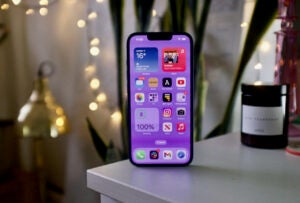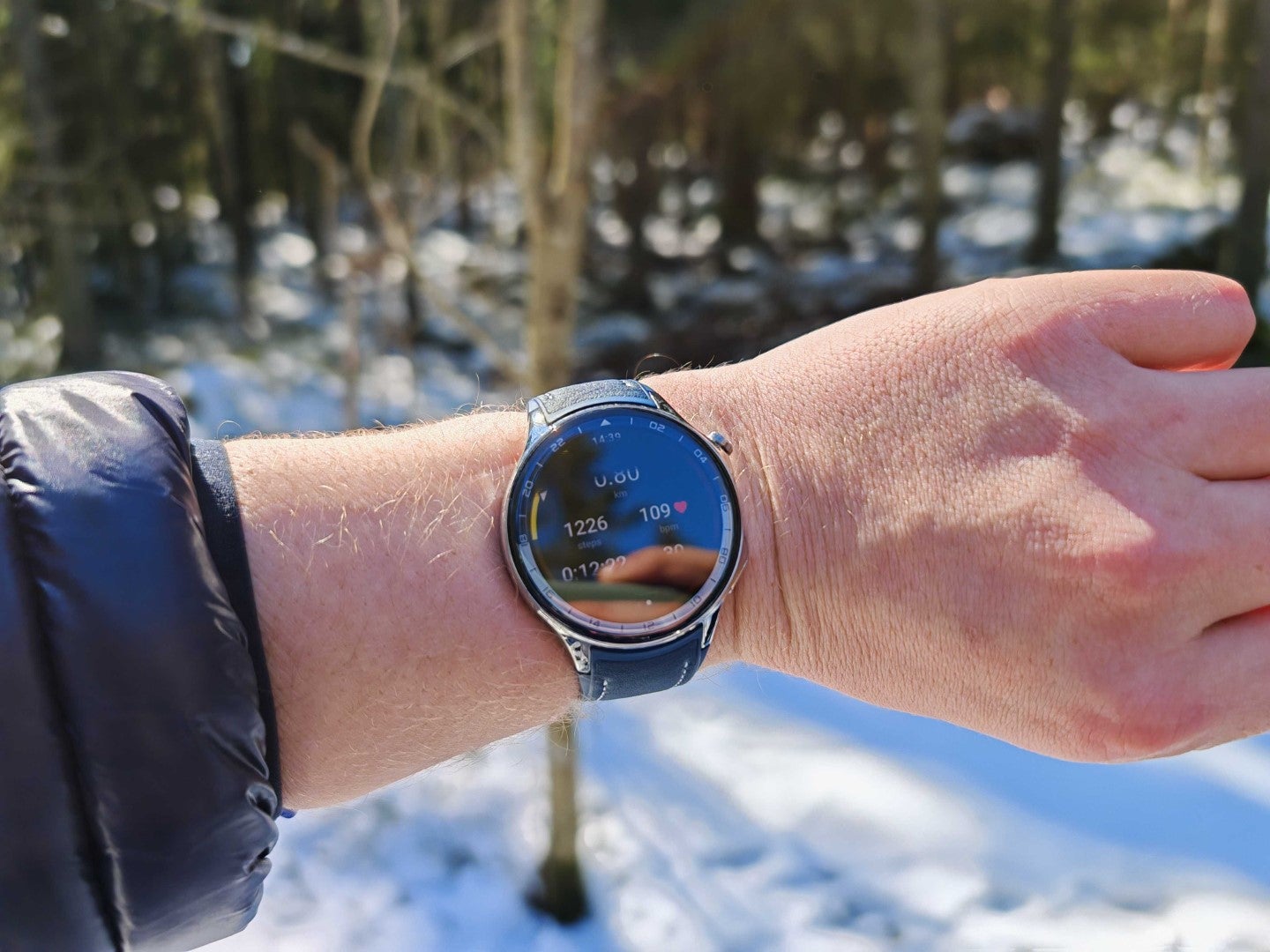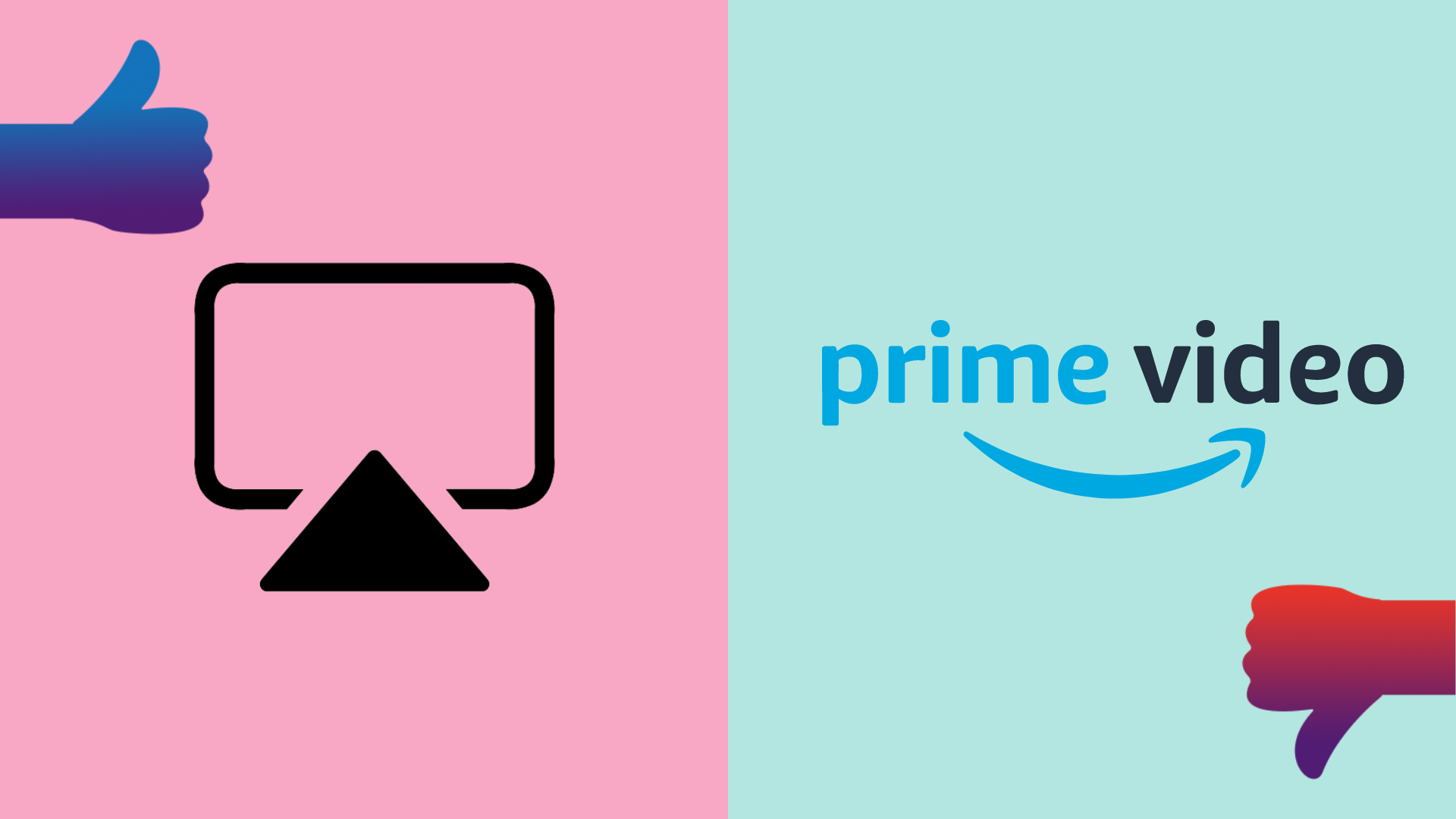Fast Charge: Huawei’s US ban continues to be a terrible thing for consumers

OPINION: Four years after the US set Huawei in its sights with a flurry of sanctions, Huawei is still trying to maintain a smartphone offering devoid of Google services. The worst part is that the phones are pretty terrific, making the fact they’re difficult to recommend to the vast majority even more frustrating.
For those that have been living under a phoneless rock for the past few years, Huawei is in a bit of a geopolitical jam. The company was accused by then-President Trump of shady business practices with the Chinese government that led to it being added to something called the Entity List, essentially blocking Huawei from working with any business operating in the US.
That includes not only Qualcomm, the chipset maker of choice for a huge number of smartphones, but the likes of Intel and, most importantly, Google. This means that no Huawei phone from 2019 onwards can ship with Google services pre-installed, meaning no access to Google Play, Google-developed apps or any apps that rely on Google services in the backend.
This has forced Huawei to completely revamp its approach to smartphones with its open-source EMUI/HarmonyOS operating system based on the open-source version of Android, and it sports its own version of Google Play dubbed AppGallery.
It’s a great achievement, but four years on, it still lacks plenty of key apps used by Westerners, making it difficult to recommend to anyone but the most dedicated Huawei fans. That’s a pretty big shame as, even with the ban in place, Huawei continues to deliver some of the best smartphone technology around.

That really rang true earlier this week when I got my first chance to play with Huawei’s latest top-end foldable, the Mate X3. I’ve used a fair few foldables in my time – in fact, I’d like to think I’ve seen the vast majority of those in the Western market – but none quite surprised me like the Mate X3.
The book-style foldable is lightyears ahead of the competition with a form factor much thinner (5.3mm when unfolded) and lighter (239g) than the competition, a gapless close and one of the best hinge mechanisms so far. In a word, it’s exquisite.

Black Friday-level iPhone 14 deal
Now you’re chance to get the iPhone 14 with 100GB of data for just £36.99 a month and absolutely nothing to pay upfront.
- Mobiles.co.uk
- No upfront cost
- Only £36.99/month
The new “multi-dimensional hinge” is the result of years of R&D from Huawei, coming a long way from the crunchy hinge of its initial foldable, the Huawei Mate X. The Mate X3’s hinge is smooth with just the right level of resistance that makes it easy to unfold one-handed but not easy enough for it to come open on its own.
That hinge mechanism also allows for one of the most muted display creases I’ve seen yet, with very little hint that this is a foldable display when fully opened.
It also just feels nice in the hand, complete with a satin-like finish that perfectly rounds off the premium experience on offer.
Throw in capable cameras including a 50MP main, 13MP ultrawide and 12MP periscope, fast charging at 66W and a fairly large 4800mAh battery and you’ve potentially got the best foldable hardware around right now.
However, the fact that it doesn’t run Google Play services, doesn’t offer 5G connectivity nor the latest Snapdragon chipset – all as a direct result of the Entity List – it’s almost impossible to recommend to any but the most dedicated (and anti-Google) tech fans out there, especially with a £1,999 price tag.
It’s a similar story with the recently-announced flagship, the Huawei P60 Pro. As my colleague Max discovered when he went hands-on with the P60 Pro, the camera tech is truly next-level, sporting a 48MP main with a variable aperture that can shift between f/1.4 and f/4.0, a 48MP telephoto with 90mm zoom and a 13MP ultrawide capable of delivering impressive images like those taken on a sunset safari below.






With tech as impressive as this readily available, it’s so disappointing that most people won’t even consider using a phone that doesn’t offer access to Google Play and many popular Google-based apps that Westerners rely on for day-to-day use.
Ultimately, it’s the consumer that misses out, and we should be furious.








